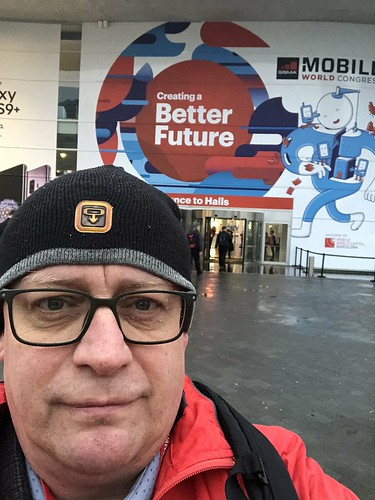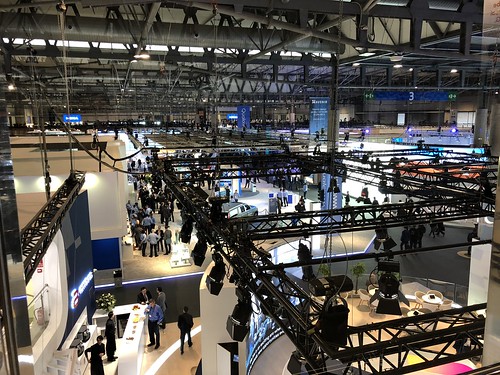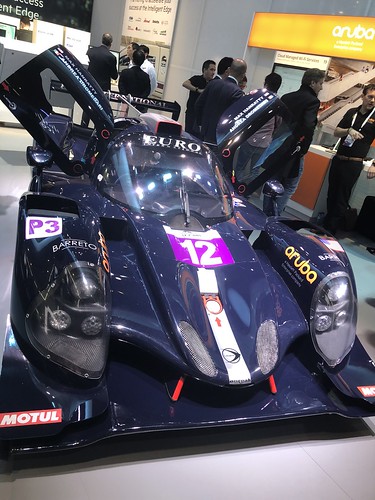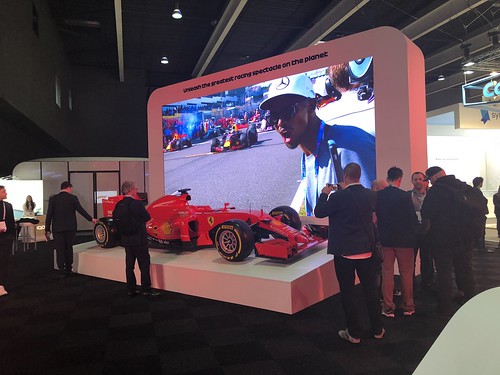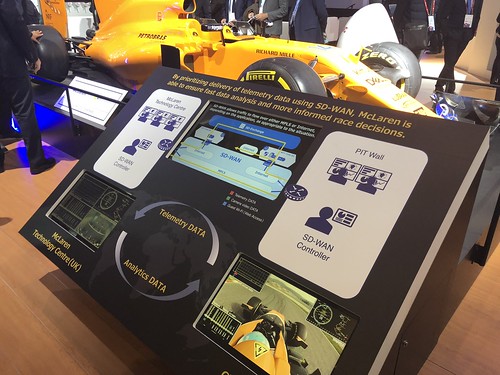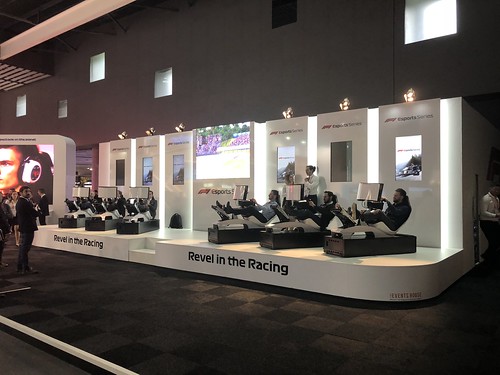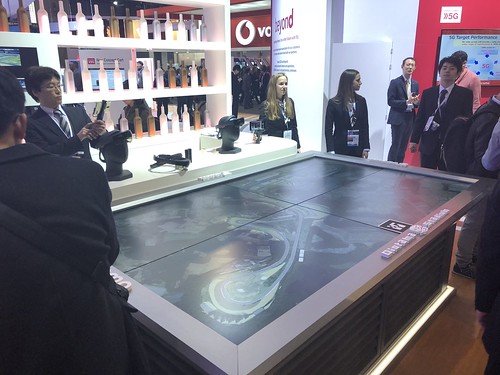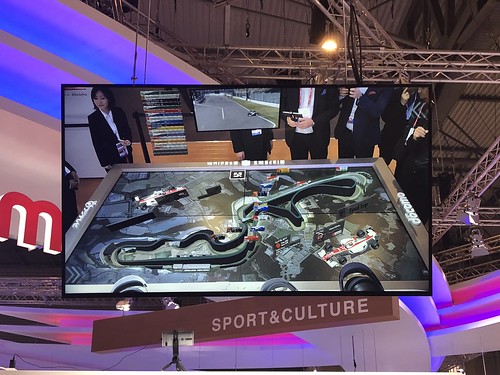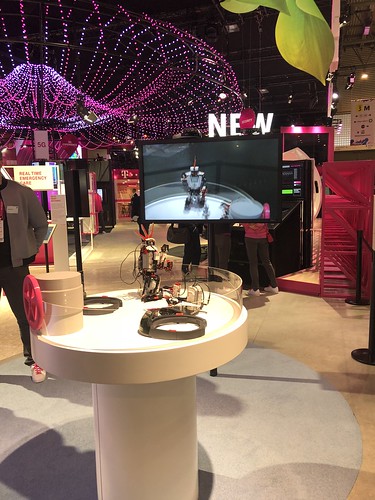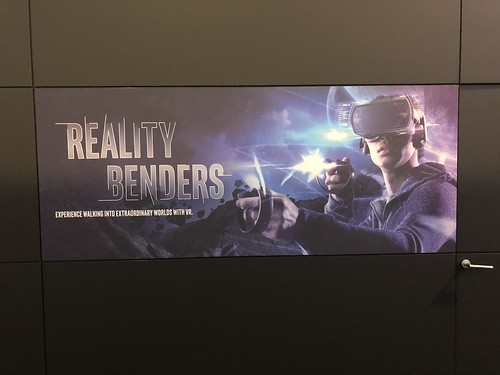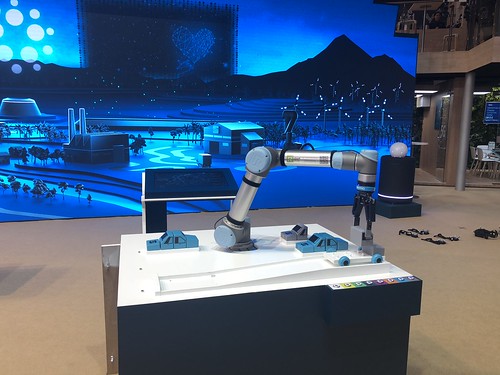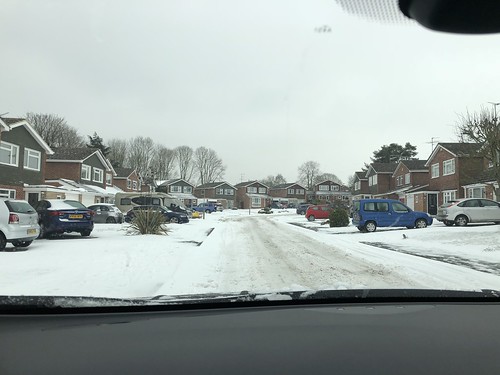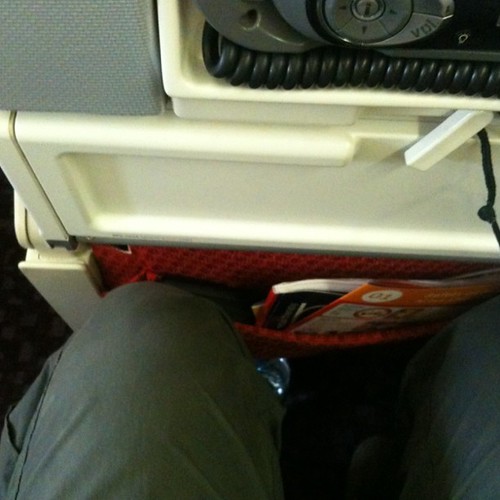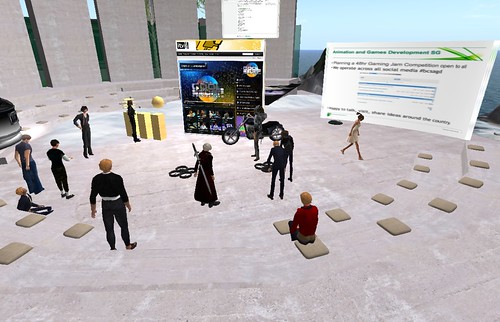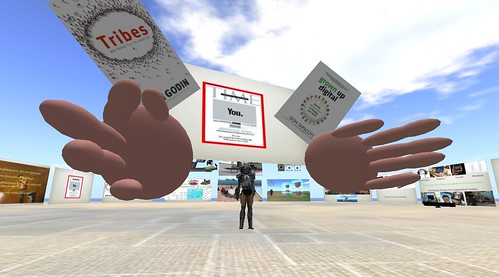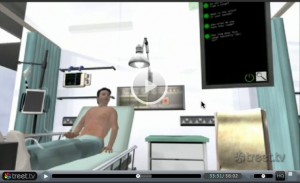This weekend both @elemming and I, along with 140+ fellow Choi Kwang Do practitioners in the UK met for the annual instructors course led by Master Nigel Brophy (6th Dan Black Belt). @elemming has been promoted, along with her fellow cohort of willing students to an assistant instructor at Basingstoke CKD and so now wears a blue dobok. I along with 2 other fellow blackbelts were promoted to Chief Instructors and now wear black and gold.
We are all volunteers, but are willing to forego some of our personal training in order to help and explain Choi Kwang Do to others in the class. I think we all generally find that teaching, having to explain how something works, responding to questions and helping others is as rewarding as just getting on with your own techniques. IT is what makes CKD such a friendly and interesting environment to learn in.
Different people have different approaches to teaching, but everything we do is done in a positive way. This is about a journey, and meandering turns and detours are all part of it. We do have discipline, but it is more of a positive re-enforcement of the good. Who ever is out front guiding, teaching, calling etc is in charge.
One of the hardest things to work on, is not the punching and kicking, but the removal of ego. Watching and listening to Master Brophy I noticed it is possible to be a highly passionate speaker and presenter, an expert in an art form and yet not do it for the applause or the instant buzz of being the ‘star’. To motivate and educate a large body of people they have to believe in you. To do this you have to show your credentials, give them something to say, aha! they know what they are doing. If you truly have the skills, time served, awards etc that is really the easy bit. However it is so easy to tip over the top and let your brain, and mostly your ego, slip into a comfort mode of adoration, or celebrity.
When I do presentations, or evangelise about things, such as the metaverse or STEM in schools I have to switch to a more amplified version of me. If you are put in front of a camera on a TV show, standing on stage with a conference hall full of people, in a classroom full of pupils, you have to enthuse, you have to say look at this and look at me, otherwise it won’t be very interesting. I remember when I used to not want to stand up in front of people and talk. Thinking, well everyone must know what I know, I will just be boring them with the obvious. I also know the feeling of election that people do want to hear what you have to say. When what you are saying is getting a lot of traction and you are very much in demand. It is there you have to check yourself. Unless the thing you sell, enthuse etc is just your own fame and celebrity, in which case just carry on 🙂
So I came to CKD at a time when I had felt a lot of demand for me presenting, but the classes gave me a chance to empty the mental cup and just learn, just be part of a group with no specific responsibilty. It gave me time to practice the off switch.
The problem is, when I get something, when I believe in something and enjoy something so much I have to share it with others. I have forever been told I should be a teacher, but I prefer to not lecture but bring people along with me, help them discover their own path. Luckily, that is precisely what working as an instructor in CKD has enabled me to do. In class I get to both be part of the class, to switch off and focus, I get to teach individually or small groups and I also get to stand up front and do the whole thing. I feel the balance of expectations to please others, or duty to get it right and that little good part of the ego that gets fed by helping others and seeing them progress.
Master Brophy put it well, he mentioned the more you know the more you realise how much you don’t. That is the experts dilemma. He also tempered that with pointing out than when you stand in front of a new student in your blue suit or black suit to teach them something they have never done before, they may well look at you and think you are Bruce Lee.
I think the trick here is to use the fact your are Bruce Lee to them, without deluding yourself you are in fact Bruce Lee.
As with all aspects of CKD other than the physicality of the martial art it is a constant learning experience and evaluation of how we work as humans. The technology, in this case, is our bodies and minds. We explore what we can do with them, for ourselves and others. We deal with scary situations all the time. It may be not being able to remember a pattern, counting out load in Korean in front of others, wondering how to reach a distracted fellow student or holding a shield for a powerful kick. All these prepare the brain to deal with adversity. Teaching and instructing gives the scary part of ego to deal with.
So it seems to me the sooner we get people to experience this sort of thing, in schools and offices, the better. We have a cult of celebrity. This feeds directly to the ego, to the wow I want to be famous feeling. Either wanting to be a premiership footballer or a big brother winner seems to be many a kids ambition. The trappings of fame at a major level can be experienced and felt in a much simpler way, in a safe environment. Stand out in front of class and have everyone follow your every word, then stand back in the class with everyone, whilst the next person takes the stage. That I think teaches a little humility. Having felt that, the next time up front starts, just a little, to become more about the audience.
Whether you believe me or not, that is how I feel about all my evangelising, the TV show was that. I wanted to everyone to know how cool all this tech was, to feel it, to take it and do something with it. I had dabbled with the “fame” thing as one of the corporate poster children for virtual worlds. I had seen the jealousy that created in others. I felt the pressure of the spotlight. I also felt the waning of the “fame”. I dabbled with various ways of exploring my outward persona, trying very publicly to keep aligned with my private persona too, whilst also dealing with these conflicting pressures. It was a a feedback loop though, the more I had done the more I had to do to keep it going. That is not a bad thing though.
I see in Master Brophy a fellow evangelist, though one with much more experience!. Evangelists believe in something, know that its the right thing and the right way forward and want to help, really help, people to see that for themselves. What I hope to do is take my still fledgling knowledge of this martial art and make it as much a part of my willingness to share and enthuse as any of the other cool technologies. The tech I talk about has always been about how people can benefit from it, get some fun or productivity from it. Obviously I have written and blended a few time with the two like here and here. CKD is a scientific based martial art, from the neuroplasticity or the brain, to the biomechanics of the human form to the psychology of teaching and inspiring.
In all that, trying to keep that ego in check too 🙂 (though here is a picture look at me!)

